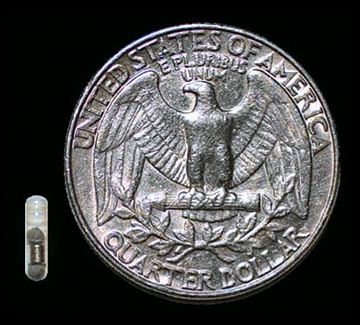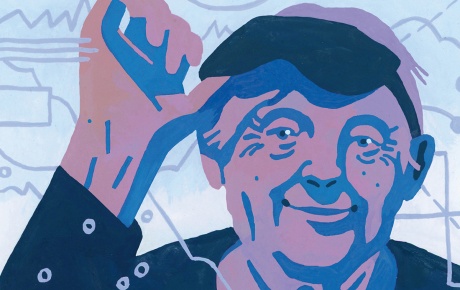Some medical ideas are so obvious you wonder why no one thought of them before. Usually someone has, but applying the idea proved more complicated than the idea itself.

Until now, the obstacle has been guiding the pill without damaging soft tissue. Now a team led by Professor of Medical Science Edith Mathiowitz and Bryan Laulicht '14 PhD, has found the balance between strength and control.
"What we developed," Mathiowitz told Technology Review, "could be extremely useful for improving availability for drugs that have even narrow therapeutic windows," such as gastrointestinal cancer or inflammatory bowel disease.
"You can use it two ways," she explained. "A retention system for the stomach [to ensure the patient receives the desired dosage] and for localization in specific regions of the gastrointestinal tract—regions that are very hard to reach."
So far Mathiowitz's team has been successful using the technique in rats. Next up is to use real medication in the capsules and test the magnets in larger animals.




